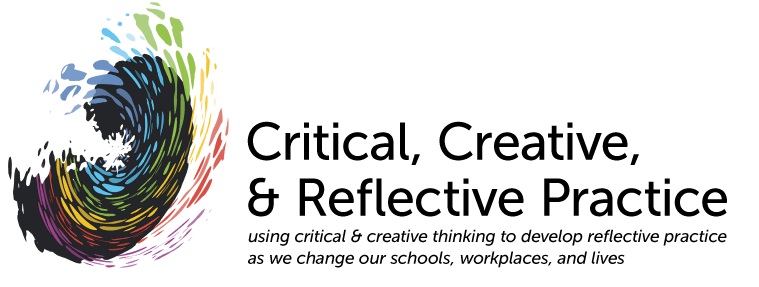Phase D—Component Propositions
Goal
"I have identified the premises and propositions that my project depends on, and can state counter-propositions. I have taken stock of the thinking and research I need to do to counter those counter-propositions or to revise my own propositions."
Processes
Teasing out the Propositions (Ps), Counter-Ps, C-C-Ps for the different aspects of your issue.
Identifying areas exposed by the Ps, C-Ps, C-C-Ps where
additional research is needed.
Presenting the Ps, C-Ps, C-C-Ps to others who
probe and discuss your thinking.
Note: This is a different level of
argument from the overall argument of your writing or your
GOSP: how you Grab people's attention, Orient them, move them along in Steps, so that they appreciate the Position at each step that you've taken them to, and where you end up. Clarifying your GOSP can come
later. Instead, phase D concerns the various small and large premises and propositions that are implicated in your issue.
In session 5
If you identify the premises and propositions and then formulate counter-propositions, you can take stock of the thinking and additional research you need to do to counter those counter-propositions or to revise your own propositions. Doing so will open up your project, just as
mapping and probing of maps does.
It's better to work on phase D's goal now, rather than admit in a month or two, when time for new research is short, that you need to grapple with alternatives to the premises and propositions that your project depends on.
To tease out your various premises and propositions, you usually have to ask someone else to play devil's advocate and be prepared for others not seeing the issue in the same way as you do. It is possible to take the devil's advocate role for yourself—take each branch or angle in your map and ask whether there's any controversy there, whether anyone else would formulate it in a different way.
By session 6
Summarize for 4-6 different propositions: the proposition; counter-proposition; counter-counter proposition; and the areas that this process has exposed that need more research.
All Phases |
Next: Phase E--Design of (further) Research and Engagement
